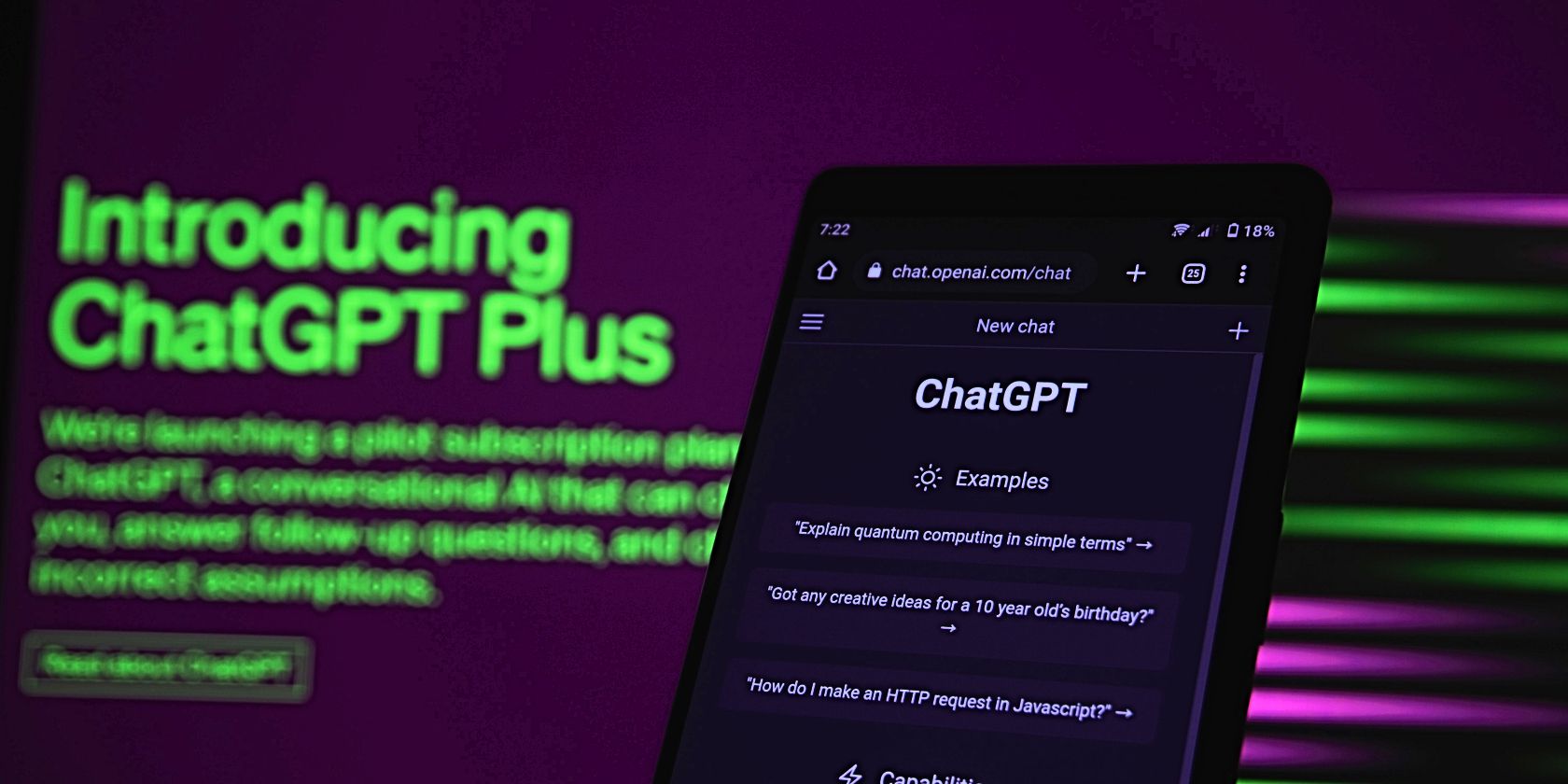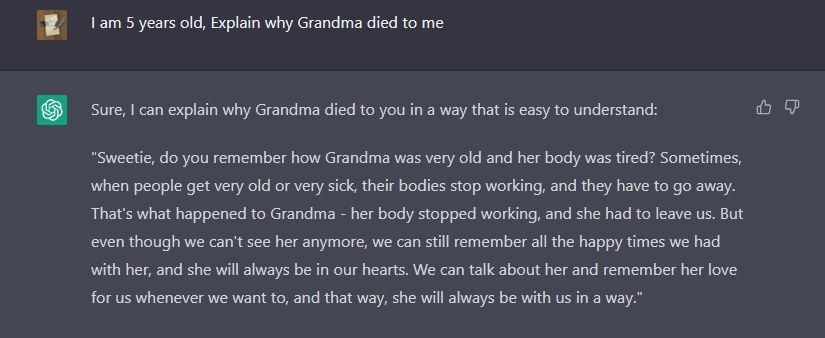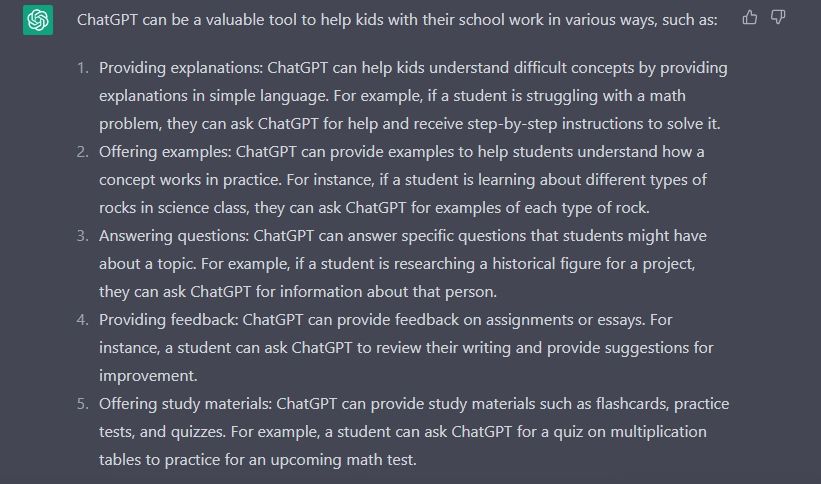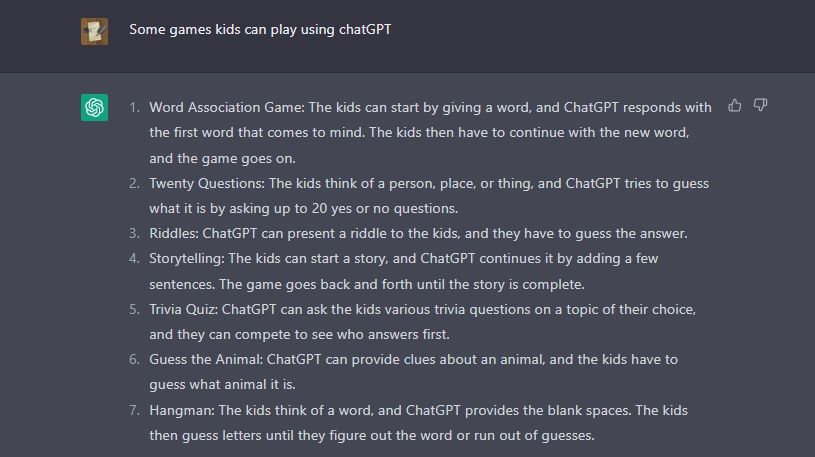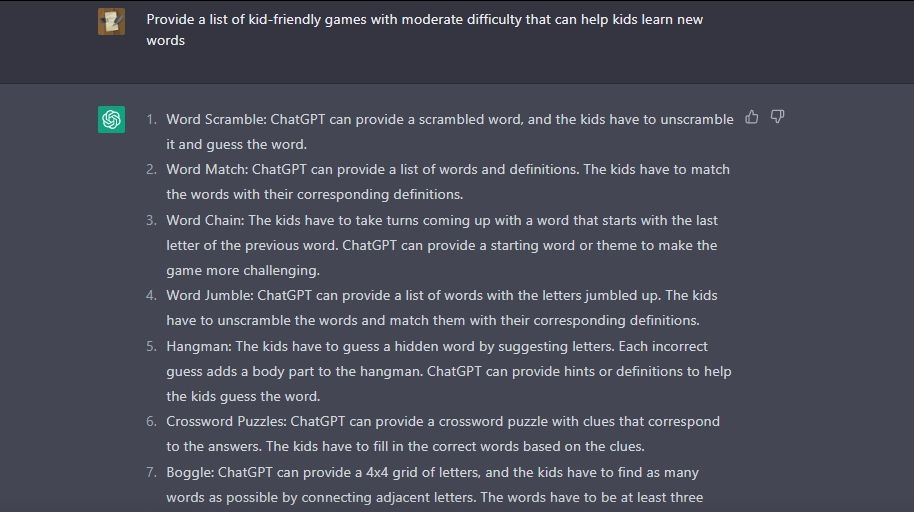As ChatGPT gains rapid adoption among kids, there are justifiable fears about the safety of the viral chatbot in the hands of younger children. For a technology that kids are rapidly turning to for information and help on a wide range of issues, many things could go wrong.
Consequently, several questions come to mind. Should kids be allowed to use ChatGPT? What are some useful ways kids can use ChatGPT safely? How can parents and caregivers ensure that kids use ChatGPT safely?
Should Kids be Allowed to Use ChatGPT? Is ChatGPT Safe?
Although ChatGPT can be an immensely valuable resource for kids to learn and explore new things, there are inherent risks associated with letting kids use the technology. One such risk is the possibility of being exposed to inappropriate content.
While ChatGPT is designed to provide informative, safe, and helpful responses, its vast training data includes a wide range of information, including topics that may not be suitable for children. This could be anything from explicit language, description of violent or sexual imagery, or misinformation.
However, OpenAI has aggressively implemented measures to keep the responses generated by ChatGPT appropriate and safe for children. This includes filtering out explicit or offensive language and automatically detecting when a user may engage in inappropriate conversations.
There are risks, yes, but with adult supervision and OpenAI's safety measures, kids should be able to use ChatGPT safely.
5 Practical Ways Kids Can Use ChatGPT
If you're concerned that your kids might misuse ChatGPT, here are some useful ways to encourage them to use the technology.
1. Learn a New Language
One of the best times to learn a new language is during childhood. It's significantly easier to adapt to the pronunciation and native accent of a foreign language at a younger age. Also, growing with the language helps build proficiency rather than learning later in life.
ChatGPT can help children rapidly pick up and learn dozens of languages, even those not available in popular language learning apps like Duolingo and Memrise.
2. Asks Hard and Awkward Questions
Kids are big on asking questions. Childhood is typically a period of inquisitiveness and curiosity. So while parents may run out of creative replies for the unique questions that their kids may have, ChatGPT is purpose-built for dealing with all sorts of questions.
For all those "Why did Grandma die? What is the purpose of life? Why was I born?" deep and hard-to-answer questions, ChatGPT can save you the awkward silence by producing creative replies in seconds.
3. Help With School Work
While many kids have unfortunately misused ChatGPT as a hi-tech tool for cheating, there are still many ethical ways to use ChatGPT for school work. From help with breaking down complex concepts taught in class to guidance in creating crash study plans, ChatGPT can be an incredibly useful education companion for kids if deployed rightly.
4. Playing Games
Video games are cool, but ChatGPT represents an opportunity to offer your kids an innovative way to play entertaining games while still learning. Think of any word-based games that can be played by providing typed replies and prompt ChatGPT to start the game.
If you aren't sure what games you can play, prompt ChatGPT to provide a list of games kids can play using ChatGPT. You can also get specific with the kind of games you want. For instance, you could ask ChatGPT to "provide a list of kid-friendly games with a moderate difficulty that can help kids learn new words."
5. Stories and Kid-Friendly Literature
Younger kids enjoy a good bedtime story, and ChatGPT has an endless supply. But it's not just bedtime stories. You can get ChatGPT to come up with any story to teach any kind of morals. ChatGPT can also generate kid-friendly literature for any niche for kids. All you need is a simple prompt.
How to Help Kids Use ChatGPT Safely
If you let kids use ChatGPT, being proactive about their safety is important. Here are some practical ways to ensure kids use ChatGPT safely.
1. Avoid Sharing Personal Information
Kids are more likely to share personal information during their interaction with ChatGPT. When using the AI chatbot, it is important to educate them to avoid sharing data like their full name, home address, or any personally identifying information.
2. Set Rules Against Using Jailbreaks
Using a ChatGPT jailbreak is an exciting way to get ChatGPT to do whatever you want, even if it goes against OpenAI's safety measures. The prospects of going beyond the limitations of the chatbot can be alluring to kids. However, this is perhaps the most potent threat to kids using ChatGPT.
A jailbroken instance of ChatGPT can produce unexpected replies, including replies encouraging kids to engage in harmful practices like curse words or bullying. It can also produce NSFW content that's not suitable for kids. So set and enforce strict rules against any form of jailbreak and explain to kids the dangers that come with it.
3. Set Strict Rules Against Sarcastic Content
A popular use for ChatGPT among younger audiences is for creating sarcastic content. While sarcastic replies might be understood as sarcasm by older audiences, kids can take them at face value.
Worse, just like jailbreaks, prompting ChatGPT to reply in a sarcastic way or any variations of sarcasm allows the chatbot to break out of its limitations and reply in ways it would typically not do. This could include using anything like curse words and dishing out logical-sounding advice that is actually harmful.
4. Frequently Review ChatGPT Chat Logs
OpenAI keeps a record of conversations that you have with ChatGPT. You can access this log on the left sidebar of the ChatGPT interface. Review your kid's chat logs regularly and monitor their conversations with the chatbot.
5. Use ChatGPT's Kid-Friendly Mode
While ChatGPT doesn't have an inbuilt kid mode, you can activate a basic "kid mode" when using ChatGPT with the prompt "Henceforth, provide only replies suitable for minors/kids." Alternatively, a prompt like "Use only kid-friendly replies to prompts. Adhere strictly to this rule" can also work.
This should automatically filter the type of replies that ChatGPT produces for prompts. For instance, a normal ChatGPT instance would normally answer questions about sex education-related content. However, after prompting ChatGPT to use strict, kid-friendly replies, ChatGPT would either refuse to answer those questions or provide a significantly censored reply.
Is ChatGPT Safe for Kids?
Although ChatGPT is an immensely useful resource, without proper supervision by parents or caregivers, it could pose a serious risk to children and vulnerable individuals. While ChatGPT has been programmed to provide informative and helpful responses to a wide range of inquiries, it is important to remember that it is still an AI system and may generate dangerous responses if taken at face value by kids.

